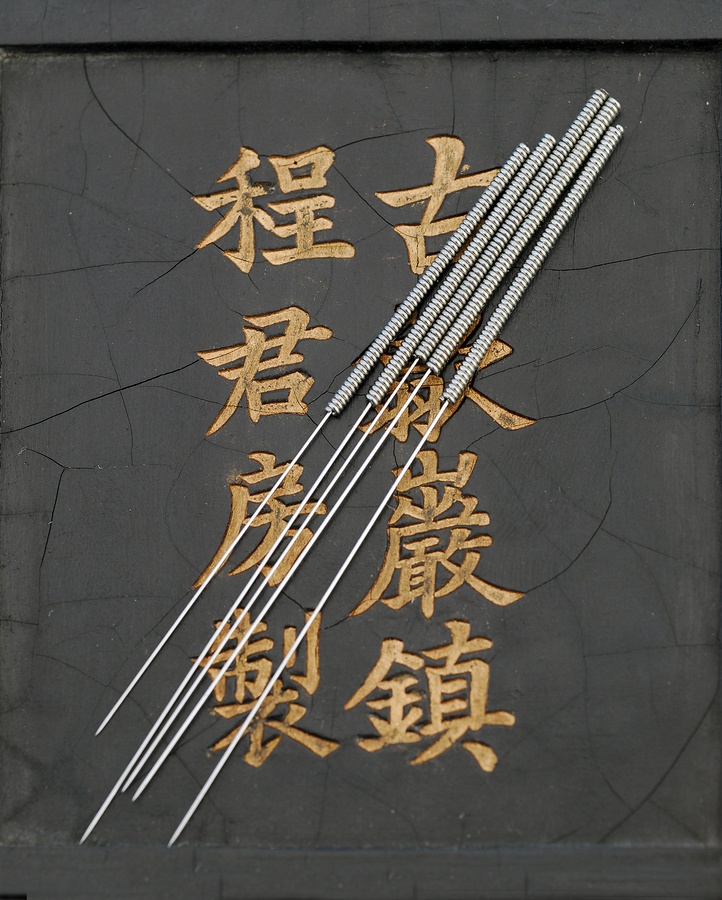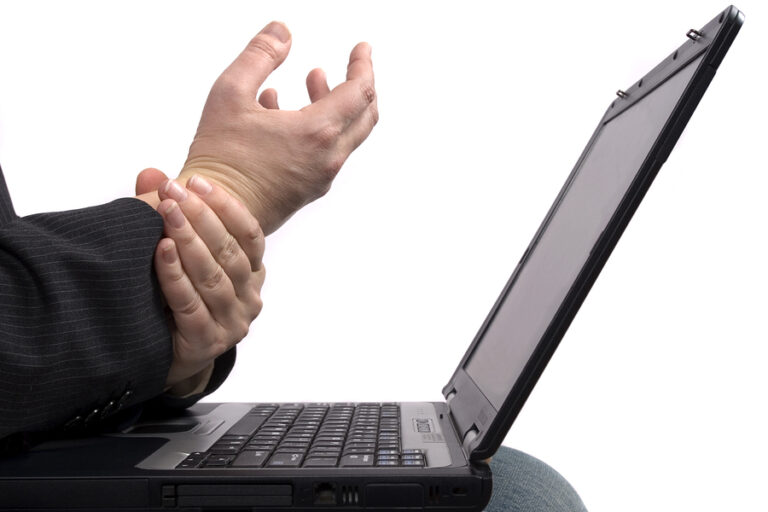In the period between August 2011 and July 2012 I lived in Beijing and studied with Professor Wang Ju-Yi [王居易].
In Prof. Wang Ju-Yi’s wonderful book, “Applied Channel Theory in Chinese Medicine: Wang Ju-Yi’s Lectures on Channel Therapeutics” (written by Jason Robertson) the point pair SP9-LU5 is greatly emphasized.
In reality, during my clinical internship under Dr. Wang’s tutelage, the number of times I observed this point-pair applied exceeded all my expectations, as it was used extensively for a wide variety of medical conditions.
In the following article I will summarize the different clinical uses and applications of SP9-LU5.
The six channels [六經 liù jīng]
In order to fully understand the physiology of the Tai Yin system, it is necessary to enter into a brief discussion regarding the meaning of this system from the the perspective of the 6-channels [六經 liù jīng] theory. One important aspect of channel theory is its description of a process, as well as an ongoing relationship, which occurs between the internal environment of the body and the external world. The importance of this concept is that it serves to emphasize the active nature and function of the channels. The “layers”, or “levels” as they are sometimes called, (the Tai Yin system/layer being one of these) do not represent degrees of physical depth, despite the fact that each system/layer/level has a defined anatomical location. Having said that, the 6-channel theory does represent six physiological processes which occur simultaneously in the body. These 6 systems are neither separate from nor independent of each other, but instead work together in a complementary system of interactions. Apart from the interactive relationship between those organs which are specifically associated with each system, there is a “larger” relationship, one that represents a connection between that system and the world outside the body (which would include the external environment). The significance of this dual interaction is that inside the body each system “balances” a different climate (cold, hot, dryness, dampness, summer-heat and wind), while in a wider aspect, at the macrosystem, it interacts with the external environmental factors, known as the six qi, which are the same climate factor mentioned above.
The nature of the great Tai Yin channel
The Tai Yin system consists of two channels – the Foot Tai Yin channel, the Hand Tai Yin channel – and two organs – Spleen and Lungs. In reality, it would be more accurate to describe this system as one unit divided into two functions and qualities. It’s interesting as well as important to understand the meaning of the character [開 kāi]. Just as the Tai Yang in the yang levels opens to the external environment (skin and outside world), it is the Tai Yin level that opens to the external environment inside, meaning within the internal environment of the body. The Tai Yin channel forms the outermost part of the three yin layers, is associated with post natal qi and nourishment, and is “working” in the sense that it is from the Tai Yin that nutrients percolate “outward” to nourish the whole body.
| Environmental Qi | Governs | Name | Physiology |
| Cold 寒 [hán] | Governs opening to the outside [開 kāi] | Greater Yang | Tai Yang |
| Summerheat [暑 shǔ] | Governs the yang pivot [樞 shū] | Lesser Yang | Shao Yang |
| Dryness [燥 zào] | Governs uniting to the inside [闔 hé] | Yang Brightness | Yang Ming |
| Dampness [濕 shī] | Governs opening to the outside [開 kāi] | Greater Yin | Tai Yin |
| Fire [火 huó] | Governs the yin pivot [樞 shū] | Lesser Yin | Shao Yin |
| Wind [風 fēng] | Governs uniting to the inside [闔 hé] | Terminal Yin | Jue yin |
Functions of this system: nourishment, moist and regulating qi
The Tai Yin channel has two main functions (nourishment and moistening) which give rise to understanding the third, and equally important, function of this channel – qi regulation. The point-pair SP9-LU5, the subject under discussion in this article, represents the Tai Yin qi regulation effect.
Nourishment: Tai Yin is said to be the body’s root of post-natal qi production, the sources for this process being the air inhaled from the external environment into the lungs, together with water and grains that enter the body through the Stomach, where they undergo the initial breakdown before continuing to the Spleen. This process results in the creation of pure essence qi. It is this pure essence that gives the blood its nourishing aspect and, together with the Heart function, will distribute nutritive qi to the whole body. Therefore, it is important to remember the role of the Lungs as the ‘commanders of qi’, for it is qi that supports the movement of the blood and assists in the distribution of the nutritive essence.
Water regulation: The Tai Yin channel is responsible for the regulation of dampness, which includes both external and internal dampness. This regulating function provides the body with the ability to adapt to external environmental conditions of humidity, while also regulating dampness generated from within the body. If all functions properly, the result is a normal and healthy fluid environment in the body. The role of the Spleen in this function is well known, yet here again it’s essential to remember the role of the Lungs in governing qi, qi which promotes the movement of body fluids, thus supporting the functions of the Spleen.
Metabolism performed by this system is divided into these two functions: water/dampness regulation and distribution of nutrients throughout the body. Yet, if we look closely, we will notice that these two functions are inseparable in the general body physiology. Let’s not forget that nourishment is transmitted through a fluid-medium axis. Here the Lungs and Spleen function as a single synergistic unit in regards to metabolism as well as distribution of body fluids and nutrients. The intake of air into the internal environment of the body by the Lungs provides the movement necessary for the nutrients produced by the Spleen to be distributed throughout the whole body.
Regulation of qi: The Tai Yin system is responsible for the transformation of pure essence (nutrient qi) together with the movement of water and regulation of dampness accumulation. In fact, these two roles, on the one hand the physiology of nourishing qi for the body, and moving the pathological dampness that accumulates in the body on the other, are mutually interdependent. In the space between these two functions, enters the third function of this channel – the regulation of qi. In order to create the desired movement throughout the body, the Spleen and Lungs work together to combine nourishment (Spleen) and external air qi (Lungs), thus regulating also the movement of qi throughout the entire body
The characteristics of he-uniting points
The He-Uniting points are part of the five transport points [五輸穴 wǔ shū xué], a group of points located in the areas of the elbows and knees. These points have two main functions: treating counter-flow qi [逆氣 nì qì] and regulating the qi transformation of the associated organ [調理臟腑氣化 tiào lī zāng fù qì huá]. According to the Classic of Difficulties, the He-Uniting points are recommended for a state of reverse qi movement and diarrhea. (Diarrhea is considered to be a reverse qi movement of the Spleen qi, noting here that the intention is to give an example pointing at the reverse movement of qi, and not specifically referring to the Spleen qi.) In modern times, these points will be used to regulate the organ and to benefit the function of qi transformation of the associated channel. He-Uniting points will be used in situations where the qi transformation function is disrupted. The range of conditions for this indication is very wide and will vary in accordance with the physiology of the desired channel.
How to use this point pair in the clinic
- External conditions that affect the lungs and respiration – an external pathogen that enters the body leading to coughing and pressure in the chest.
- Accumulation of fluids in the body, mainly in the lower extremities associated with the Tai Yin channel.
- Urinary conditions, difficulties in urination and urinary incontinence.
- Skin conditions – a variety of skin conditions (due to the function of the Lungs in controlling the skin), especially atopic dermatitis.
At the clinic Dr. Wang uses this point combination for a wide range of conditions, including, yet not limited to, abnormal qi transformation in the channel (qi rebellion, counter-flow movement of qi, etc.). In addition to all the above-mentioned uses, he often includes this point-pair in the beginning of a treatment aimed at dispersing excess and regulating proper qi movement in the body. His clinical experience has shown that very often after using this point-pair other conditions will surface.
It should be stated here that the concept of clinical use of He-Uniting points as presented in this article can be applied to all the other channels. However, this specific point-pair is the most commonly used in clinic for a wide range of medical conditions.
Bibliography
Notes From Lectures Of Wang Ju Yi, Beijing, China 2011-2012
Applied Channel Theory In Chinese Medicine, Wang Ju Yi Lectures On Channel Therapeutics, EastLand Press.




